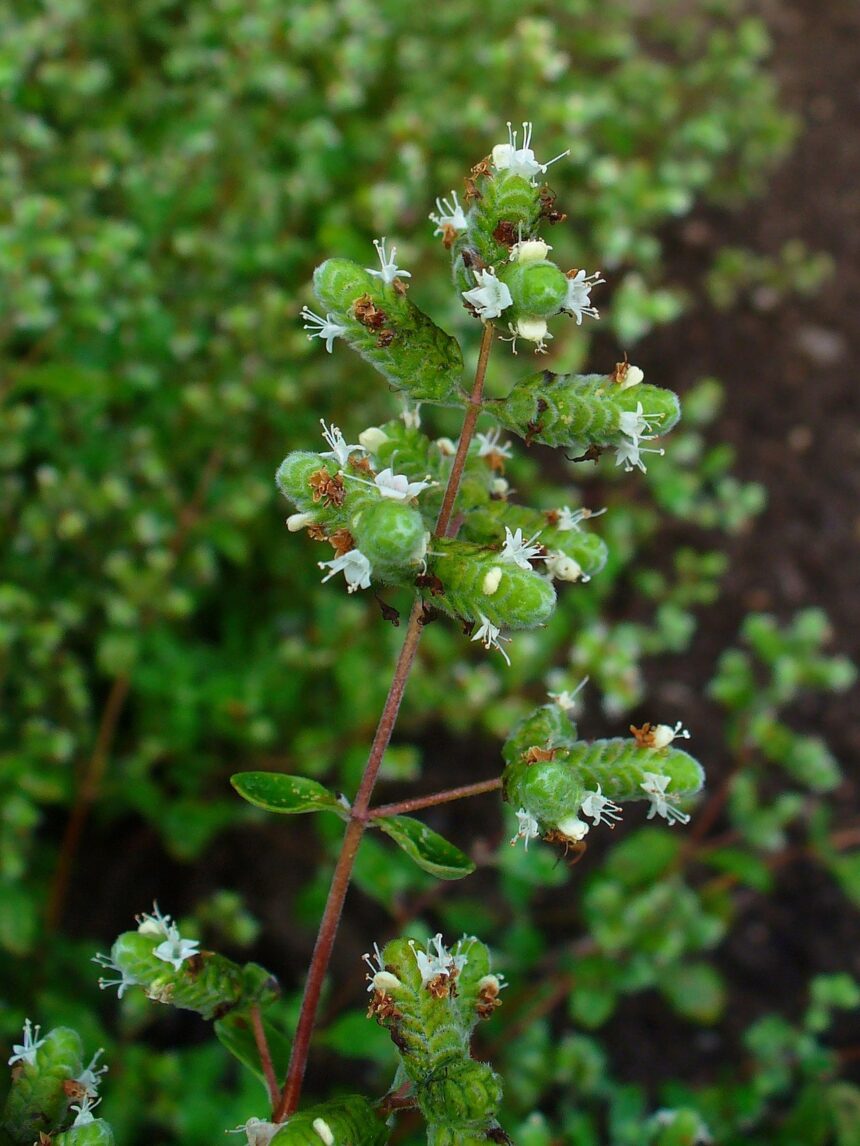Marjoram (Origanum majorana) is a beloved herb known for its aromatic leaves and culinary uses. However, like many plants, it can fall victim to diseases, one of which is leaf blight. Leaf blight is caused by various fungal pathogens and can lead to significant damage if not addressed promptly. Here are ten early signs that your marjoram may be infected with leaf blight.
1. Discoloration of Leaves
One of the first signs of leaf blight is a change in the color of the leaves. Affected leaves may develop yellow, brown, or black spots. These spots can vary in size and often appear irregularly.
2. Wilting Leaves
If your marjoram plants are wilting despite adequate watering, this could indicate a problem. Leaf blight can disrupt the plant’s ability to absorb water, causing leaves to droop and lose their vitality.
3. Leaf Drop
Premature leaf drop is another early sign of leaf blight. If you notice that your marjoram is losing leaves at an accelerated rate, it may be an indication that the plant is under stress from a blight infection.
4. Lesions on Stems
In addition to leaves, leaf blight can cause lesions on the stems of marjoram plants. These lesions may appear as dark spots or streaks and can weaken the plant, making it more susceptible to other diseases.
5. Soft or Mushy Spots
As the blight progresses, you might notice soft or mushy spots on the leaves. These areas indicate tissue decay, which is a sign that the fungal infection is worsening and may spread if not treated.
6. Powdery or Fuzzy Growth
Some types of leaf blight can cause a powdery or fuzzy growth on the leaves, often indicating the presence of fungal spores. This growth can appear white, gray, or black, and may spread quickly if conditions are favorable for the fungus.
7. Stunted Growth
If your marjoram plants are not growing as vigorously as usual, it could be a sign of leaf blight. The stress of the disease can hinder growth and development, resulting in smaller, weaker plants.
8. Deformed Leaves
Leaf blight can cause deformation in the leaves, leading to twisted or curled foliage. This abnormal growth can further affect the plant’s overall health and productivity.
9. Spread of Infection
Keep an eye on the surrounding plants; if you notice that nearby herbs or plants show similar symptoms, it may indicate that the leaf blight is spreading. Early detection is crucial to prevent widespread damage.
10. Increased Presence of Insects
Infected plants may attract pests, as weakened plants are more vulnerable. Look for an increase in aphids, spider mites, or other insects on your marjoram, which may be a sign of underlying health issues like leaf blight.
Monitoring your marjoram for these early signs of leaf blight can help you catch the infection before it causes significant damage. If you notice any of these symptoms, it’s essential to take action quickly, such as removing affected leaves, improving air circulation, and applying appropriate fungicides if necessary. By staying vigilant and maintaining good care practices, you can help your marjoram thrive and enjoy its delightful flavor in your dishes.
Join 'Farmers Mag' WhatsApp Channel
Get the latest Farming news and tips delivered straight to your WhatsApp
CLICK HERE TO JOIN






